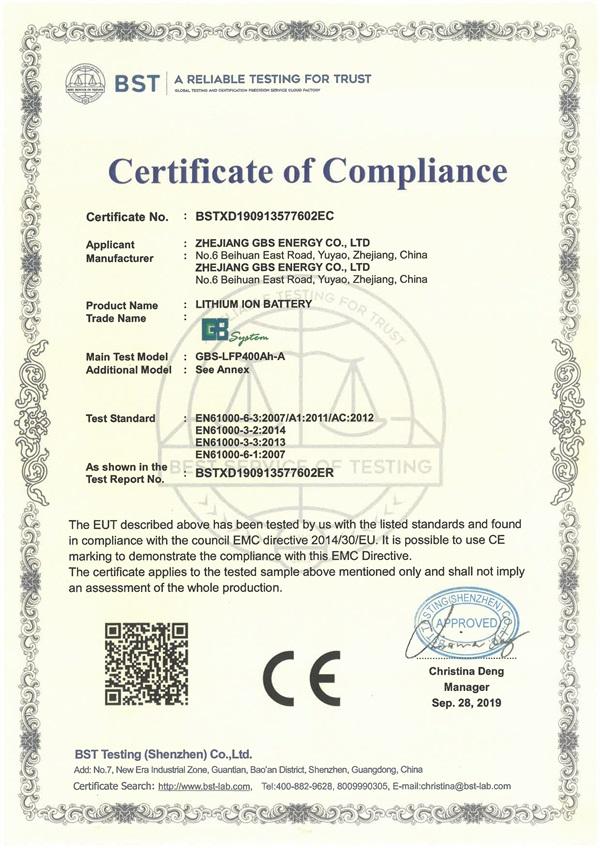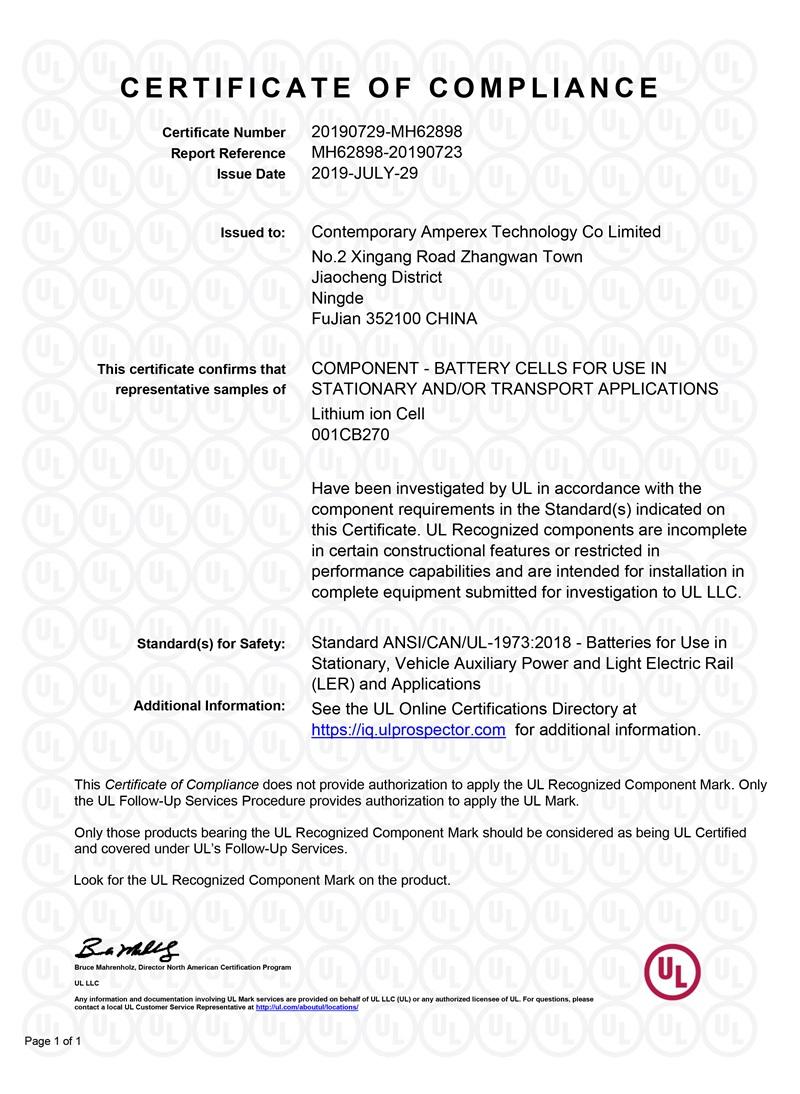Blog
How to Wake Up a LiFePO4 Battery
2025-06-15 | Calvin

If your LiFePO4 battery has been idle for a long time and is unable to power your device, it is not necessarily a battery failure. It may have entered a sleep mode, which is a “self-protection” mechanism of the battery. So, how can you wake up a sleeping LiFePO4 battery? Let’s find out!
Did You Know That This Could Happen?
If you are new to using lithium iron batteries, you may not even know that sleep mode or protection mode is even a thing. Both of these modes are part of the battery management system (BMS) built into the battery to help manage and improve the performance and safety of the battery. The simplest way to describe what a BMS does is when certain conditions are met, the battery is essentially disconnected until it is safe to operate again.
Is Protection Mode the Same as Sleep Mode?
Protection mode on a LiFePO4 (Lithium Iron Phosphate) battery refers to a safety feature that is built into the battery management system (BMS) to prevent potential damage or hazardous situations. When a LiFePO4 battery enters protection mode, it typically means that certain conditions or parameters have been exceeded.
- Overcharge: If the battery voltage surpasses a predefined upper limit, the BMS will activate protection mode.
- Undervoltage: When the battery voltage drops below a predetermined lower limit, the BMS will activate protection mode.
- Overcurrent: If the battery experiences a sudden surge in current that exceeds safe limits, the BMS will enter protection mode.
- Overtemperature: When the battery temperature rises beyond a specified threshold, the BMS will initiate protection mode.
Important Note
Not all lithium batteries have a full BMS and the triggers could differ depending on the brand and application of the battery. Protection mode can be triggered due to any of these reasons, and sleep mode acts as an extension of protection mode.
Why Does A LiFePO4 Battery Go Into Sleep Mode?
When a battery management system (BMS) enters sleep mode, it typically occurs when the cell groups of the battery fall significantly below the Low Voltage Cutoff (LVC) threshold. This situation commonly arises when the battery is stored and remains unused for an extended duration.
How to Wake up LiFePO4 Battery
Always handle LiFePO4 batteries with care, wear protective gear, and work in a well-ventilated area. Here are 3 relatively safe ways to attempt to wake up LiFePO4 battery.
1. Slow Charge Activation Method
Principle: Charging with a low current gives the battery’s internal chemicals enough time to react evenly and reactivate, reducing the risk of damage that a high current might cause.
Procedure: Connect the LiFePO4 battery to a charger whose output voltage matches the battery’s rated voltage. Set the charger to a low current (typically 0.1C–0.2C, where C is the battery’s capacity—for example, 0.1C equals 100mA for a 1000mAh battery). Keep charging for several hours or longer while watching the battery voltage. When the voltage climbs past roughly 3V, the battery is probably revived.
2. Pulse Charging Activation Method
Principle: Sending a series of current pulses can break through any passivation layer on the electrodes, allowing ions to move freely again and bringing the battery back to life.
Procedure: This approach requires a dedicated pulse charger. Connect the LiFePO4 battery to the pulse charger and set suitable pulse parameters—such as pulse width, interval, and amplitude—according to the charger’s manual. Start charging and monitor both voltage and temperature throughout the process.
3. Parallel Activation Method
Principle: By wiring a fully charged LiFePO4 battery of the same specifications in parallel with the dormant one, the healthy battery transfers some charge, raising the voltage of the dormant battery and activating it.
Procedure: Make sure the two batteries share identical specifications (voltage, capacity, etc.). Connect positive to positive and negative to negative. Leave them linked for a few hours, then check whether the dormant battery’s voltage has returned to normal. Ensure solid connections and correct polarity to avoid short circuits.
How Do I Prevent This From Happening in the Future?
To minimize such occurrences, it is important to properly maintain the battery, which will prevent unnecessary issues when the battery is not used for an extended period, thereby affecting its normal usage. Therefore, when batteries are not in use for a long time, they should be stored at room temperature with a charge level between 40% and 60%. It is recommended to recharge them every 3 months to avoid leaving lithium iron phosphate batteries in a fully discharged state and ensure battery health.
- Next:Advantages and Disadvantages of LiFePO4 Battery: Technical Guide
- Previous:Tesla Battery Types: A Simple Guide for Model S, 3, X, and Y
Contact Details
Lithium LiFePO4 Batteries and Lithium LiFePO4 Cells Supplier - LiFePO4 Battery Shop
Contact Person: Miss. Elena Wang
WhatsApp : +8615263269227
Skype : +8615263269227
WeChat :15263269227
Email : info@lifepo4batteryshop.com
All Products
- A123 Battery (5)
- Sinopoly Battery (7)
- GBS Battery (16)
- CALB Battery (22)
- Cylindrical Cell (3)
- Energy Storage System (0)
- Battery Management System (2)
- Sodium ion Battery Cell (3)
- Lithium Titanate Battery (16)
- Ternary Lithium Battery Cell (11)
- REPT Battery (8)
- BYD Battery (2)
- CATL Battery (14)
- Thunder Sky Winston Battery (21)
- EVE Battery (29)
- LiFePO4 Battery Cell (4)
Certification
Customer Reviews
- I have fond memories of our meeting in Shanghai with LiFePO4 Battery Shop Elena. Your company left a strong impression on me with its impressive growth and professionalism. We both value straightforwardness and honesty, which I believe are the most important qualities in any partnership. I am confident that we can build a successful collaboration based on these shared values. —— Robert from USA
- I've been working with LiFePO4 Battery Shop for years, and their reliability is unmatched. While other suppliers frequently change sales teams, LiFePO4 Battery Shop has consistently provided exceptional service with a stable team. Their commitment to quality and customer support truly sets them apart. —— Henry from Australia



